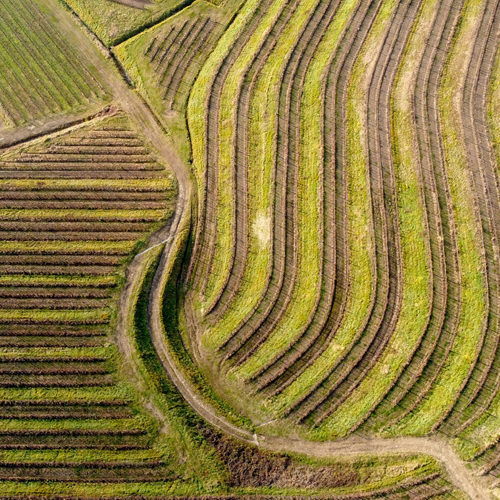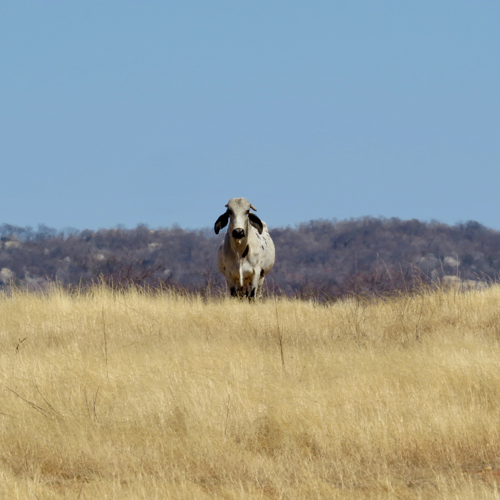5G technology pilot supports Brazilian soy farmers

The Goias pilot uses fast broadband communications and real time cloud data processing to provide farmers with information in an hour that they would previously have to wait three days for. The pilot was launched in the soy-farming town of Rio Verde. The connectivity relies on a 5G network built by telecom company Claro, part of Mexico’s América Móvil.
5G networks powering connected sensors hold great promise for the global agricultural sector. These can be used to monitor conditions in farmers’ fields and indicate when fertilizer, water, or pesticides are required, resulting in improved yields and produce quality. Around the world, sensors are being used by farmers to measure rainfall, temperature, soil nutrients and water content. 5G-based technology can be used to support autonomous ploughing, sowing, feeding, monitoring and harvesting. This technology can also support drones and autonomous agricultural vehicles, or track, feed, monitor, and even milk livestock.
In 2019, 180 cows at a British agricultural technology research center received 5G-enabled collar to tracks their movements and eating habits. Dairy cattle in Somerset were fitted with collars linked to a robotic milking system. Data gathered by the collars is sent to the cloud over the 5G network, where it is analyzed. If necessary, farmers and veterinarians are notified of particular behaviours.
"5G has the potential to have a transformative effect on the global economy through a number of different verticals, and farming certainly is one of the most prominent ones to consider"
Says ABI Research analyst Leo Gergs.
This is particularly important right now, as the UN Food and Agriculture Organization estimates a 70% increase in food demand by 2050 compared to 2009 as a result of global population increase. As the world’s fourth largest food producer and largest crop producer, Brazil will play a key role in meeting this demand, and technology will play an essential role in this.






